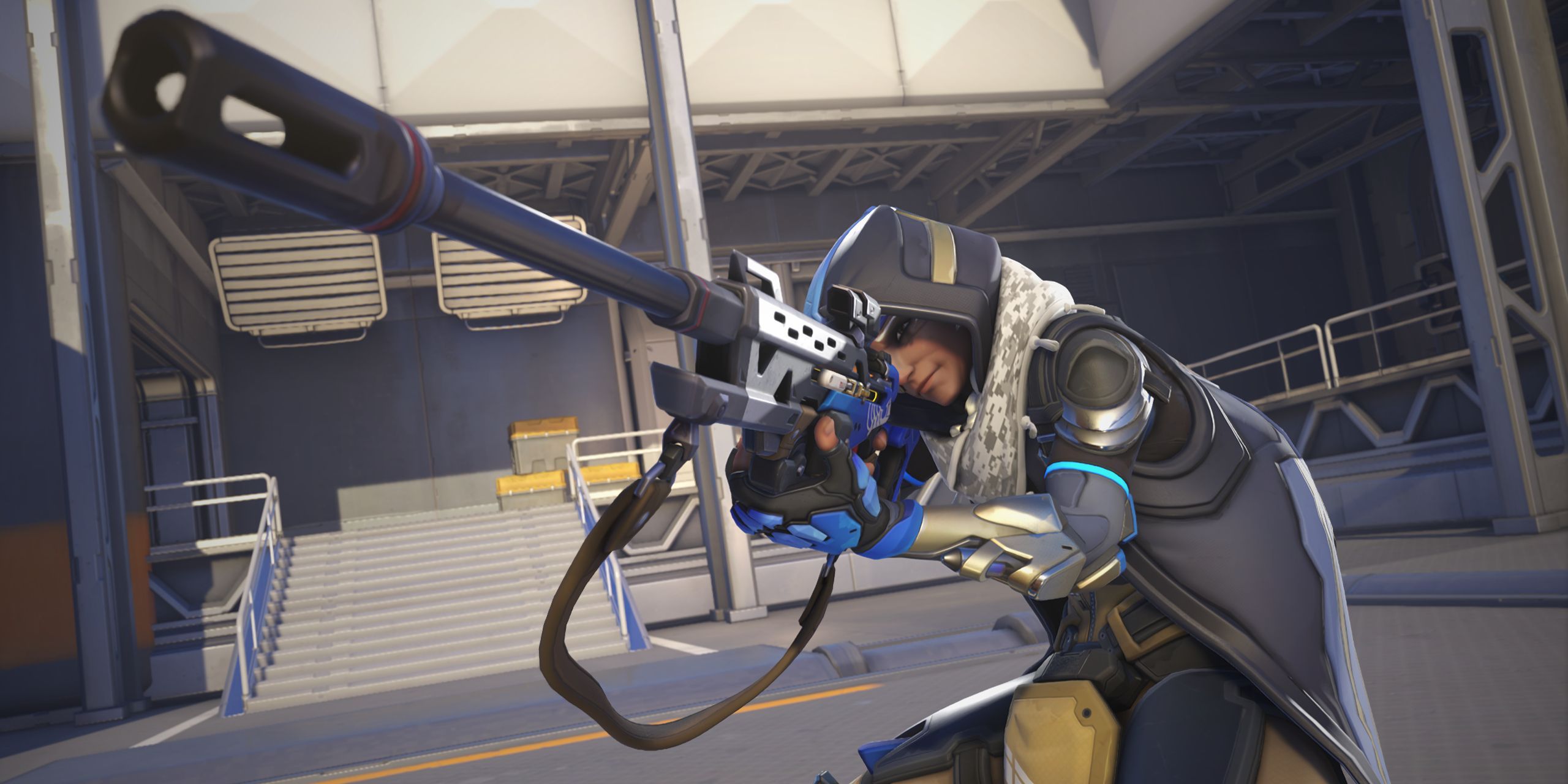A YouTuber has unveiled an aimbot device that uses electric shocks to make his arm snap to in-game targets almost instantly, and in some cases, even pull the trigger for him. In a recent YouTube video, Basically Homeless (whose real name is Nicholas) showed his journey of building the homemade contraption and eventually blurring the line between human reflexes and machine assistance in competitive games.
Nicholas came up with the idea for this neuromuscular aimbot when he noticed that his own reaction times began slowing with age. The average human reaction time is around 200 milliseconds, while competitive esports players can get closer to the 150ms mark, or even below. Clearly then, each millisecond matters in competitive gaming, so Nicholas set out to create a system that could bypass the brain entirely, allowing a computer to detect enemies faster and trigger muscle movements automatically.
YouTuber Figures Out How to Play Counter-Strike 2 Through Sheer Muscle Memory
This goal led him down a path of Computer Vision, electrical muscle stimulation, and a fair amount of trial-and-error. Nicholas finally ended up developing the “Neuromuscular Aim Assist,” which works by pairing a YOLO (You Only Look Once) model trained on Counter-Strike 2 gameplay with an EMS (electromyostimulation) or TENS (transcutaneous electrical nerve stimulation) unit. The PC processes the in-game feed in real time, detects enemy positions, and sends commands to a Raspberry Pi, which in turn controls relays connected to electrodes on Nicholas’ arm. The shocks cause his arm to move toward the target – and in its later form, automatically contract the trigger finger as well.
The initial Neuromuscular Aim Assist prototype was plagued by latency, resistance from Nicholas’ own reflexes, and general discomfort, but refinements like switching to Ethernet, upgrading hardware, using solid-state relays, and more precise muscle targeting brought the system’s reaction times down to under 100 ms – faster than many pro competitive players. In gameplay tests, the device proved especially lethal when paired with scoped weapons, quickly locking onto enemies and dispatching them before they could react. There were some kinks in the aimbot, though, as false positives sometimes made Nicholas’ aim twitch toward teammates, and prolonged use was physically strenuous.
Teammates playing with Nicholas consistently said they wouldn’t classify the neuromuscular aimbot as cheating, but he admitted that it’s a “gray area” – the PC is making the call, but it’s still his muscles moving. Most competitive games would likely consider it cheating due to the machine’s intervention, but there’s no denying that Nicholas’ neuromuscular aimbot is an impressive piece of tech.


